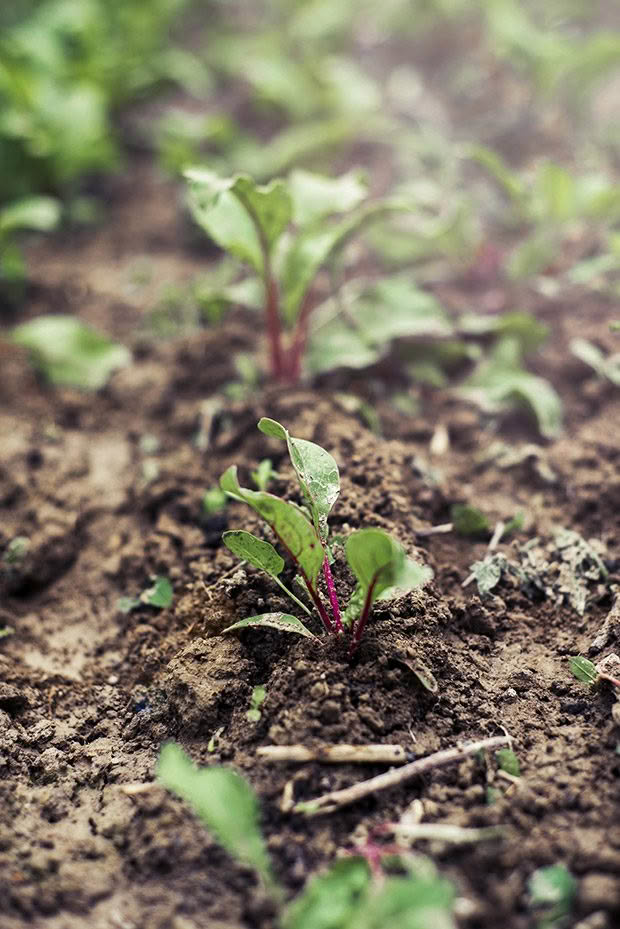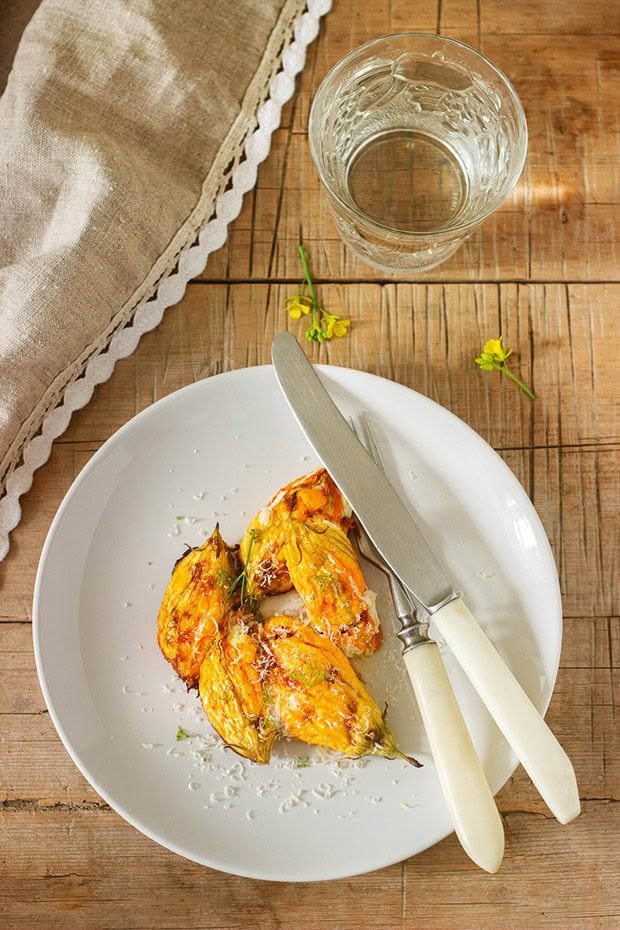What to sow and plant this April in New Zealand

It’s time to get your cool-weather veggies into the ground.
Words: Jane Wrigglesworth
1. Save seeds from open-pollinated vegetables for planting next season. Open-pollinated plants such as heirloom varieties, produce progeny that grow exactly like their parents. Seeds from hybrids don’t tend to grow ‘true’. Self-pollinating plants are best for seed harvesting (eg, beans, peas, tomatoes). Cross-pollinating plants (eg, zucchini, squash, pumpkins, cucumbers) need to be kept isolated from one another. The distance required differs for every crop. For example, cucumber plants need to be about 800m apart to protect them from cross-pollination. If you don’t want to collect and save seeds, there’s no problem planting them side by side.
2. Hardy lettuces can be sown directly in mild climates. Cover with a cloche or sow seeds in a tunnel house in colder regions.
3. Finished with your bamboo stakes? Scrub off the dirt, clean in soapy water with a splash of household disinfectant, and store in a dry place ready for next season.
4. Most pumpkins have finished setting fruit for the year by now, although they may still produce male flowers. These don’t have a little rounded fruit at the base of the bloom like the females do. If there are no female flowers, the males are useless, botanically speaking. Pick them, stuff with ricotta cheese and chopped fresh herbs, dip in batter, and deep fry.

5. Cover existing, not-so-hardy crops with cloches if temperatures dip, to ensure they reach maturity.
6. Prune rosemary and lavender by about one-third; avoid cutting into old wood as it won’t regrow.
7. Take hardwood cuttings of lavender, rosemary, and lemon verbena and overwinter in a cold frame. Lavender, rosemary, and sage can also be ‘layered’. Cover growing stems with soil and roots will grow. In spring, the rooted plants can be cut off the main plant and replanted elsewhere.
8. Sow beetroot (in mild climates), broad beans, carrots, peas, radishes, spring onions, swedes, and turnips. However, use your best judgement – if the weather is rapidly cooling in your area, plant under cloches or in a tunnel house.
9. Plant broccoli, Brussels sprouts (in cooler regions), cabbages, cauliflower, kale, leeks, silverbeet, and spinach.
10. Sow a green manure crop in garden beds that won’t be planted with vegetables over winter. However, make sure the manure crop is from a different family than the preceding crop. For example, if you’ve just grown broccoli or another brassica, avoid planting a green manure that’s also from the brassica family, such as mustard or radish. Try something like alfalfa, clover, or lupins, all legumes. Four to six weeks before you want to plant in spring, mow down the green manure crop, dig the clippings into the top of the soil, and leave to rot down.
Love this story? Subscribe now!
 This article first appeared in NZ Lifestyle Block Magazine.
This article first appeared in NZ Lifestyle Block Magazine.
